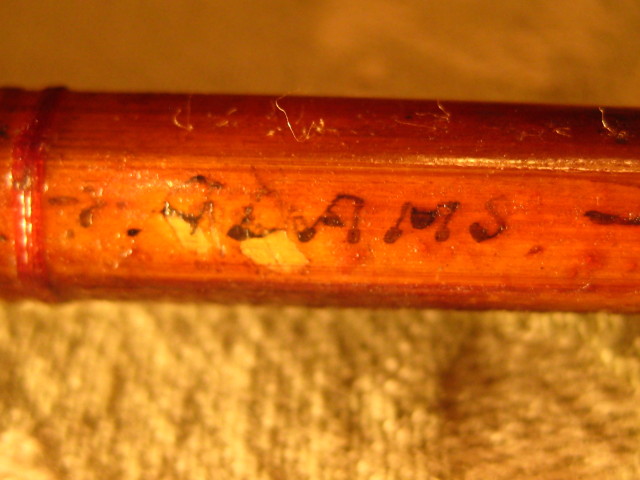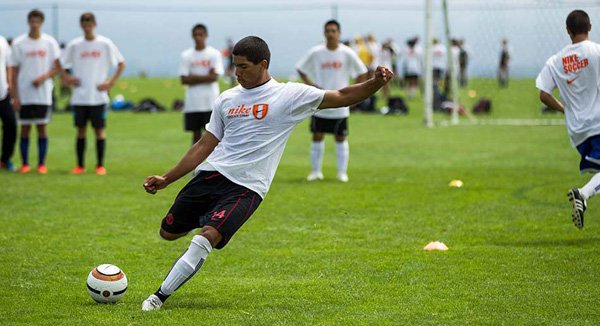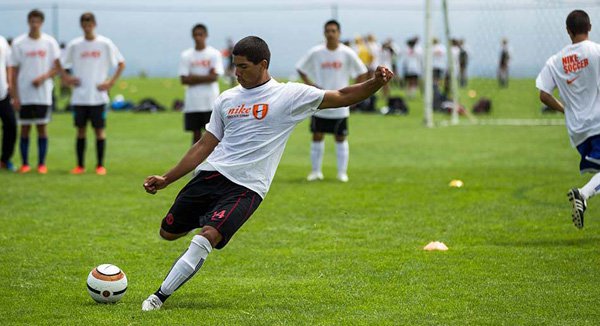Perch are a predatory fish that are found in many different lakes, rivers, streams and ponds all over Europe and the Norfolk Broads is a haven for them. Even though this breed of fish are a predatory fish their main diet is usually pretty much everything but other fish, and their diet will consist of things such as blood worms, snails, maggots and anything else they can find. The perch is not a particularly large species of fish and does not grow that big. A perch over 3lbs in weight is considered a very good fish and any fish over 4lbs in weight is considered an exceptional catch and one to be photographed and recorded.

A beautifully marked perch that succomned to a float fished worm.
We all know that fishing for small perch is easy as they are greedy fish that are often found in shoals with roach and rudd. These small fish are a nuisance and will often get to the hook bait before the roach and rudd will and will often swallow the hook bait, and the fishing hook, right down in the back of the throat. If you are using barbless fishing hooks, as you should do, removing the hook will not be a problem and a standard disgorger will do the job perfectly. If you are using barbed fishing hook it is a different story and removing the fishing hook will be more problematic. When fish are deep hooked on a barbed fishing hook it is often the end of the fish, which is cruel and inhumane. There are no excuses for this, so barbed fishing hooks should never be used when using the catch and release method. If you are going to take the fish home to eat that is a different matter. If you are going to create a tasty dish using the fish then it is preferable to use barbed hooks to make sure the fish doesn't wriggle off the hook as you are bringing it in to the bank.
Perch, regardless of the size, have a spiky dorsal fin along its back. This unique fin is what makes them so pretty, but it is also this dorsal fin that is dangerous and can cause injury by cutting in to your hands unless you are careful. The spiky dorsal fin is the defense mechanism that stops it from being eaten by predatory fish, such as pike , muskies and even other larger and stronger perch. When you catch a perch it will often put up its defenses, i.e. dorsal fin and the pectoral fins (which are also sharp), so before simply grabbing the perch to unhook it you need to deal with the dorsal fin. The best way to avoid injury from the dorsal fin is to use a cloth or rag when un-hooking perch. You should always wet the cloth by dunking it in to the water before using it on the perch as a dry cloth will remove the protective slime and some scales off the perch, which will damage it.
Catching big perch is far more difficult than catching smaller perch. Larger perch are difficult to locate, and even once you think you have located them (you can never be sure) they are much harder to hook. Large perch will eat maggots and other popular fishing baits, however so will smaller fish so maggots and the like aren’t the best hook bait when large perch fishing. Arguably, the best bait when perch fishing is the garden worm. If you have a garden or an allotment it is possible to dig worms for free, alternatively they can be bought from many good fishing tackle shops for little money.
A worm fished under a float is an excellent way to hook big perch.

When using worms as hook bait you need to thread them on to the fishing hook. In order to do this you are going to need large fishing hooks, such as a size 10 or bigger. Don’t worry about using a large fishing hook as perch have big mouths and are more than capable of being able to swallow large fishing hooks. Using large worms for hook bait and large fishing hooks will deter and help prevent catching the nuisance fish, as well as the greedy and smaller perch. The main disadvantage in using garden worms is that eels also like them, so there is always the chance of getting plagued by freshwater eels which is not good. However, if you fish the garden worms in mid water eels should not be too much of a problem.
Perch can be found in all depths from the bottom of the river right up to the surface. During the colder months the perch will hug the bottom of the water so bottom fishing methods are best in these situations. During the summer months large perch can be found near the top of the water chasing the newly hatched fry fish. Presenting the hook bait near the top of the water is best in these situations, so float fishing would be the way to go.
Another method of perch fishing is to use a lure. When you use lures to catch big perch you should use small spinners or spoon, although very big perch will often take a small diver or crank bait. Despite this, I always use the smallest lures possible. When you are perch fishing using a lure I would suggest using a wire trace at all times, even though perch don’t have a mouthful of sharp teeth. The benefits of a wire trace are twofold. Firstly, a wire trace has a barrel swivel on the end which means the spinner won’t cause the line to twist, hence weakening it leading to breakage when you hook a fish. Secondly, there is always the possibility of catching a pike when lure fishing. Pike are fish with a mouthful of sharp teeth that will cut through mono-filament line so you need to make sure this doesn’t happen by using a wire trace.
A small lure ideal for catching big perch. Always make sure the lure is attached to a wire trace just in case a big pike takes the lure.

Big perch fishing is not easy and catching large perch is often down to pure luck rather than skill. Unlike fish like carp, or pike, which are particularly easy to target (although not necessarily catch) large perch are not. If you want to catch large perch the best way is to use large worms on large sized fishing hooks using float fishing techniques. This method will deter the nuisance fish but there is always the chance of hooking in to a large roach, tench or some other species of fish.

Promotional Soccer Ball, Rugby, Footballs – Superlative for Business Marketing

Benefits Of Sports Hypnosis Helps To Develop Your Mind

Copyright © www.mycheapnfljerseys.com Outdoor sports All Rights Reserved